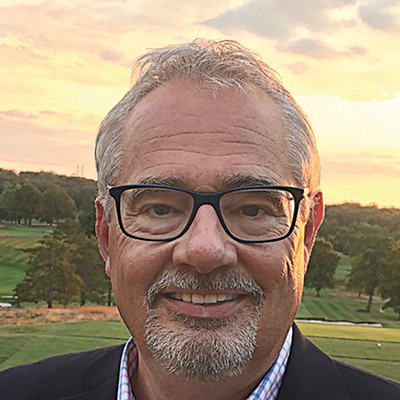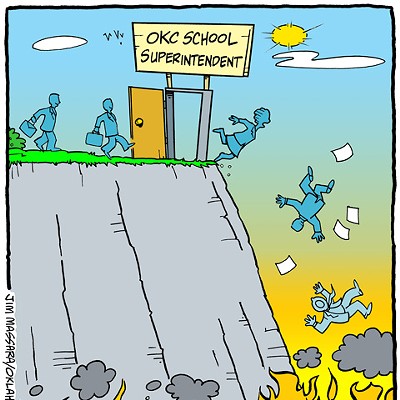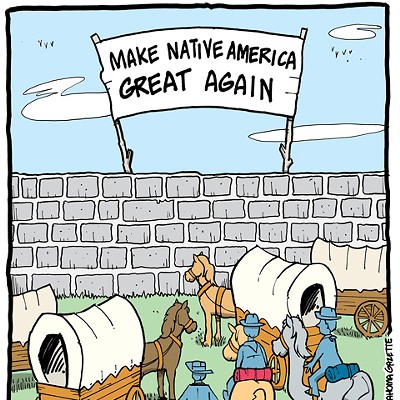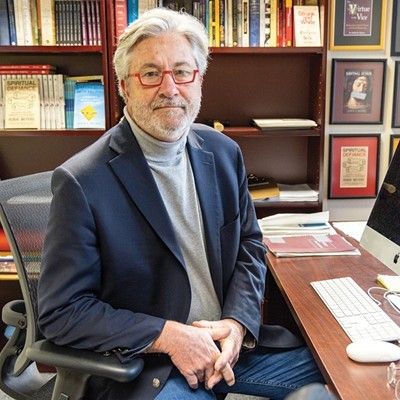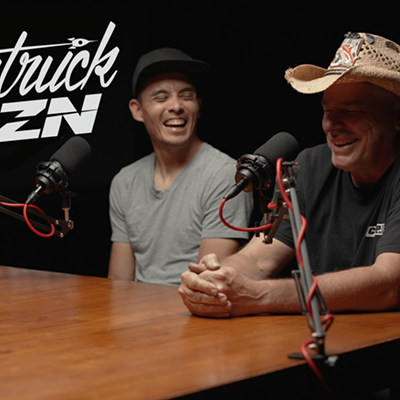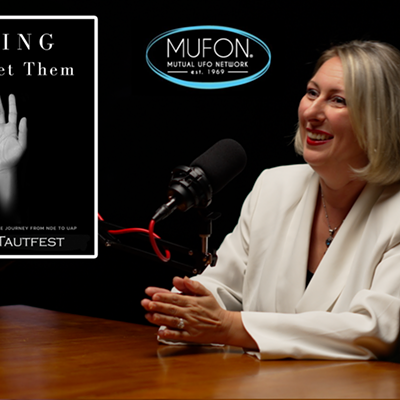The famous abolitionist Frederick Douglass had it right about education in this often-cited quote: "It is easier to build strong children than to repair broken men."
Those words are as true today as in the mid-19th century when Douglass, a former slave, became the conscience of America, standing up boldly in speech after speech against the evil and degradation of slavery. As a social activist, Douglass remains virtually unparalleled in American history.
Oklahoma City has a prominent high school named after the brilliant orator and writer. Located in the inner city, Douglass High School's students are primarily black. In 2006, 95 percent of the students qualified for free or reduced-price lunch. Just a few years ago, the school's physical structures were disgracefully dilapidated. The school, on a physical level, served as a symbol of a two-tiered educational system that privileges suburban over urban schools, white over black students.
Today, students attend classes at a brand new Douglass High School, which was funded as part of the $700 million MAPS for Kids initiative approved by local voters in 2001. The money came from a temporary sales tax. The new Douglass, which cost $33 million, has 54 classrooms, eight science labs, a mock courtroom, auditorium and media center. Frederick Douglass IV even spoke at the school's grand opening in April 2006.
Buildings are just inanimate objects, true, and they cannot solve all problems in education, but this new school carries a powerful message: It tells its students, faculty and administrators this community cares about them and wants them to achieve success in their lives.
Yet, it is only one of many projects funded by MAPS for Kids, which by any measure has been a grand success in a state known throughout the nation for its low per-pupil spending and mediocre teacher salaries. Certainly there are people in the community who might begrudge public funding for schools or find fault with individual MAPS for Kids projects, but it would not be an exaggeration to say the initiative kick-started an ongoing rescue operation to solve infrastructure problems faced by Oklahoma City Public Schools.
But, MAPS for Kids, for all its success, was only a beginning. Throughout America today, the physical infrastructure " such as bridges, roads and schools " is in serious decline and needs to be replaced or repaired. There remains much to do in the country to set things right. Locally, Oklahoma City Public Schools should be at the top of anyone's infrastructure-to-be-improved list.
Oklahoma City Mayor Mick Cornett and Cliff Hudson, chairperson of the Oklahoma City school board, recently held a news conference to speak in support of a $248.3 million bond issue that will go before district voters Oct. 9. The bond issue will not raise taxes. It will, however, continue the positive energy created by MAPS for Kids by making more improvements to the school district's basic infrastructure.
MAPS for Kids was a landmark initiative that changed the way some people here think about taxation and government in an era of anti-tax crusades. It brought together educators, politicians and members of the business community. It momentarily broke down the country's great partisan divide. Here were leaders setting aside fundamental differences to "build strong children."
The new bond issue, which deserves everyone's support, continues in this tradition.
Hochenauer is an English professor at the University of Central Oklahoma and author of the progressive political blog Okie Funk: Notes From the Outback, www.okiefunk.com.

